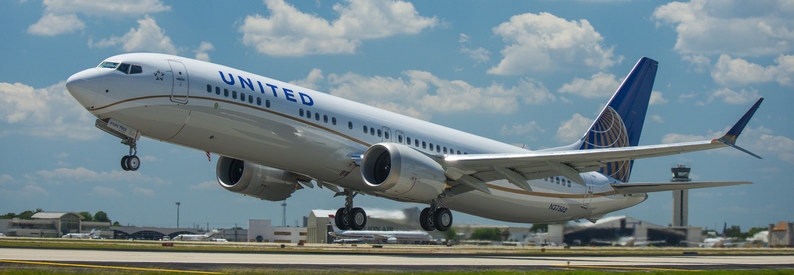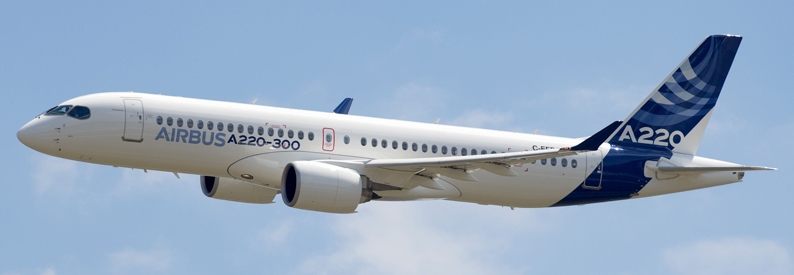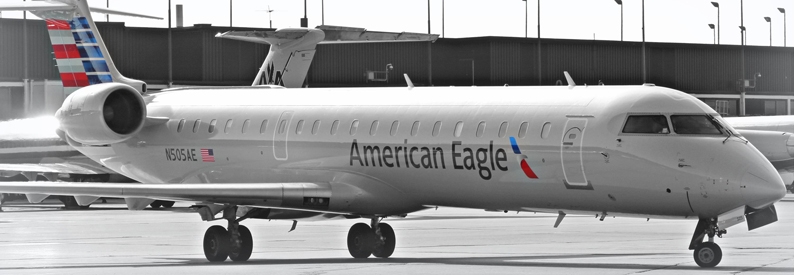JetBlue Airways (B6, New York JFK) has announced it is slowing its aircraft deliveries, averaging 24 annually over the next five years, after reaching an agreement with Airbus and other business partners to defer approximately USD2.5 billion of aircraft capital expenditure (capex) previously expected in 2024 through 2027.
The US carrier is prioritising its A220-300 deliveries, which are replacing its ERJ 190-100AR fleet. The ch-aviation fleets data module shows JetBlue has seventy-six A220-300s on order, plus thirty-two A321-200NX, nine A321-200NX(LR)s, and thirteen A321-200NY(XLR)s.
During the airline’s 2023 fourth quarter investors call, Ursula Hurley, Chief Financial Officer, said this agreement supports JetBlue’s path back to positive free cash flow, providing a more consistent level of deliveries and capex through the end of the decade, and prioritises “the margin-accretive A220 and fleet monetisation program as the E190 exit the fleet.”
In 2024, the company expects to receive a total of 27 aircraft (with a full-year capex of approximately USD1.6 billion), and also extend the retirements of some thirty A320 jets as it copes with elevated capital payments, pressurised cash flow, a blocked merger with Spirit Airlines (NK, Fort Lauderdale International), and the parking of some of its A320neo-family aircraft due to Pratt & Whitney’s PW1100G engine recalls.
JetBlue expects an average of 11 aircraft to be out of service throughout the year due to the PW1100 engine issues, peaking at 15 at year-end.
The US carrier recorded a USD104 million net loss in 2023’s fourth quarter on total operating revenue of USD2.3 billion. For the full year, it lost USD310 million.
JetBlue operates a fleet of 302 aircraft, composed of twenty-four A220-300s, 130 A320-200s, sixty-three A321-200s, twenty-one A321-200NXs, ten A321-200NX(LR)s, and fifty-four ERJ 190-100ARs.






